A French Man Who Lives A Relatively Normal, Healthy Life - Despite Missing 90 Percent Of His Brain -

A French man who lives a relatively normal, healthy life - despite missing 90 percent of his brain - is causing scientists to rethink what it is from a biological perspective that makes us conscious.
Despite decades of research, our understanding of consciousness - being aware of one’s existence - is still pretty thin. We know that it’s somehow based in the brain, but then how can someone lose the majority of their neurons and still be aware of themselves and their surroundings?
First described in The Lancet in 2007, the case of the man with the missing brain has been puzzling scientists for almost 10 years.
Read more…
More Posts from Contradictiontonature and Others

(Image caption: The synapses of pyramid cells in the cerebral cortex form functional groups. Some of the related synapses are shown in green in the reconstruction. Credit: © MPI of Neurobiology / Scheuss)
Neurons form synapse clusters
The cerebral cortex resembles a vast switchboard. Countless lines carrying information about the environment, for example from the sensory organs, converge in the cerebral cortex. In order to direct the flow of data into meaningful pathways, the individual pyramidal cells of the cerebral cortex act like miniature switchboard operators. Each cell receives information from several thousand lines. If the signals make sense, the line is opened, and the information is relayed onward. Scientists at the Max Planck Institute of Neurobiology in Martinsried have now shown for the first time that contact points between specific neuron types are clustered in groups on the target neuron. It is probable that signals are coordinated with each other in this way to make them more “convincing”.
The cells of the cerebral cortex have a lot to do. They process various types of information depending on the area in which they are located. For example, signals from the retina arrive in the visual cortex, where, among other things, the motion of objects is detected. The pyramidal cells of the cerebral cortex receive information from other cells through thousands of contact points called synapses. Depending on where, how many and how often synapses are activated, the cell relays the signal onward – or not.
Information is passed on in the form of electrical signals. The neurobiologists were able to measure these signals at various contact points of the neuron. “The exciting thing is that the signals that a cell receives from, say, ten simultaneously active synapses can be greater than the sum of the signals from the ten individual synapses,” says Volker Scheuss, summarizing the basis of his recently published study. “However, until now it was unclear whether this phenomenon can be explained by a specific arrangement of synapses on pyramidal cells.”
By combining modern methods, the neurobiologists in Tobias Bonhoeffer’s Department have analysed the arrangement of synapses. They were able to selectively activate a specific type of pyramid cell in brain slices from mice using optogenetics. Thanks to simultaneous “calcium imaging”, they were then able to observe and record the activity of individual synapses under a two-photon microscope. In this way, they succeeded in showing for the first time how synapses are arranged with respect to each other.
The result of such synapse mapping analysed with a newly developed algorithm was clear: The synapses of pyramidal cells form clusters consisting of 4 to 14 synapses arranged within an area of less than 30 micrometres along the dendrite. “The existence of these clusters suggests that the synapses interact with each other to control the strength of the combined signal,” explains Onur Gökçe, author of the study. This is the first anatomical explanation for the disproportionate strength of clustered synapse signals in comparison to the individual signals – a finding known from activity measurements. The observation in layer 5 pyramidal cells was of particular interest, as the activity of these cells oscillates synchronously. “This rhythmic activity, which probably influences the processing of visual information, could synchronously activate synapse clusters, thus boosting the overall signal received,” says Scheuss.

After the heart is “cleansed of blood and all cells”, only connective tissues remain. This is ideal for doing heart transplants because the recipient’s immune system is less likely to reject the ghost heart if it has no trances of the donor’s body. [Image via http://bit.ly/2izEnse]

Quote from #JaneGoodall primatologist and anthropologist. More quotes like this to inspire you in my new journal I Love Science, in stores March but ready for preorder now! #womeninscience #ilovescience #anthropology #scientificliteracy
Phenyllithium or lithobenzene is an organometallic agent with the empirical formula C6H5Li. Crystalline phenyllithium is colorless; however, solutions of phenyllithium are various shades of brown or red depending on the solvent. It is a highly air and moisture sensitive compound, that could be easily decomposed by any protic solvent.

In this case it was a byproduct of a synthesis of an organophosphorous compound and it was only present in a LOW concentration, therefore it was safe to decompose it by simply adding cold water. It’s important to note that it could be dangerous to decompose organometallic compounds by simply adding water. Also, in this case, the highly toxic BENZENE was the product of this reaction, what should be handled with care.










Watch: Bill Nye uses science to defend women’s reproductive rights
Follow @the-future-now

The Hubble Space Telescope captured this picture of the wispy remains of a supernova explosion. The dust cloud in the upper center of the picture is the actual supernova remnant. The dense concentration of stars in the lower left is the outskirts of star cluster NGC 1850. Full resolution picture here. More info here. Credit: NASA, ESA, Y.-H. Chu (Academia Sinica, Taipei)
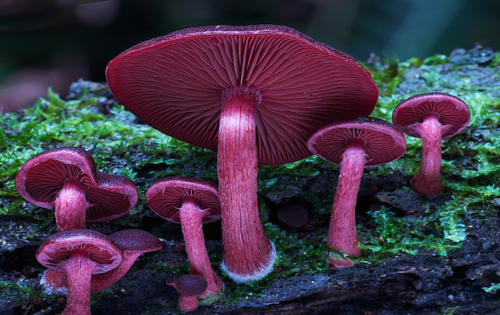
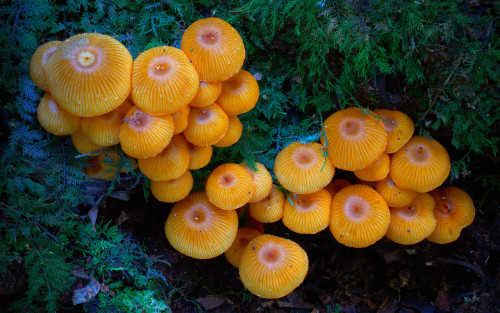
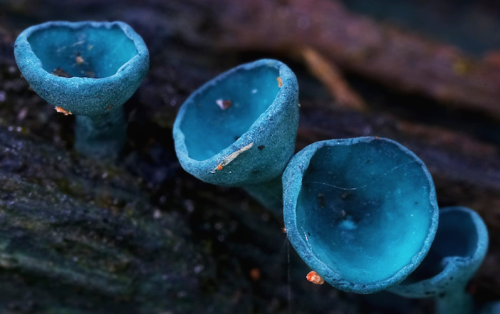
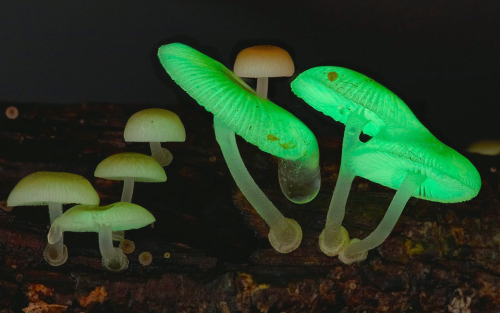

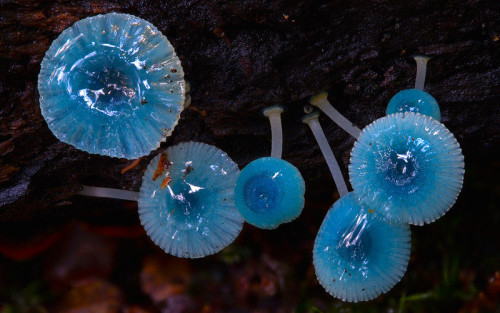
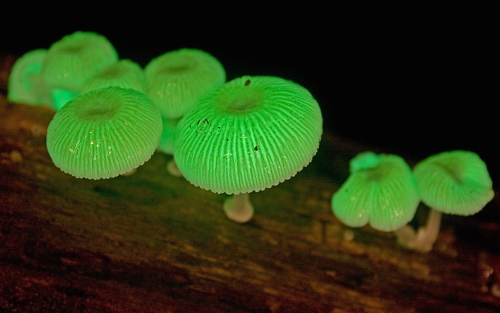
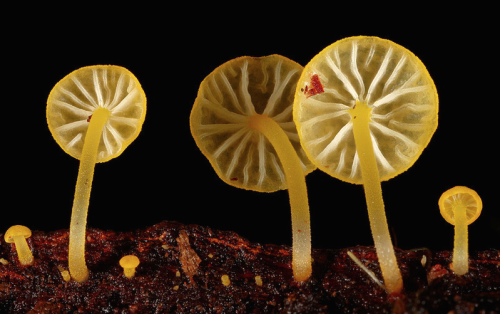
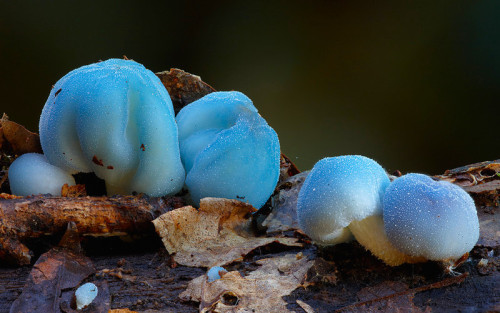
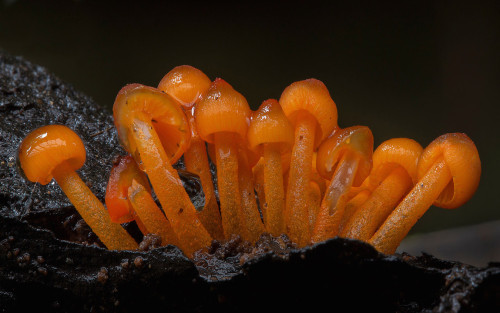
a mushroom rainbow to put the fun in fungi. cause they don’t need psilocybin to be magic. and though some mushrooms are coloured as a toxicity warning to predators, many others are brightly coloured to instead attract potential spore dispersers. see this for more on the bioluminescent mushrooms seen here. (photos)
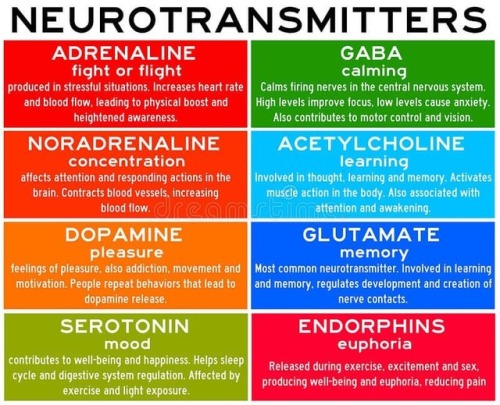
Neurotransmitters are chemicals that help in transmitting signals across a synapse. Different neurotransmitters are associated with different functions. Knowledge about these helps us to treat various neurological conditions by either stimulating or inhibiting these production. #neurology #neuroscience #psychiatry #medicine #medstudynotes #medschool #mbbs #unimed #brain #nervoussystem #physiology #medblog #medblr #medstudent https://www.instagram.com/p/BrM4ocsBqJe/?utm_source=ig_tumblr_share&igshid=12tojib83c32d
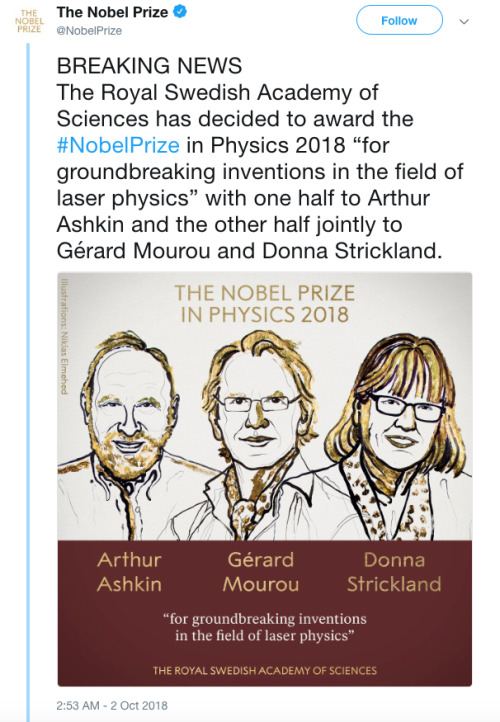
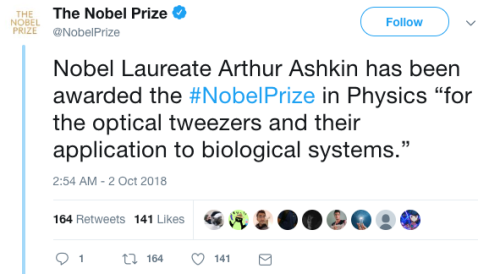
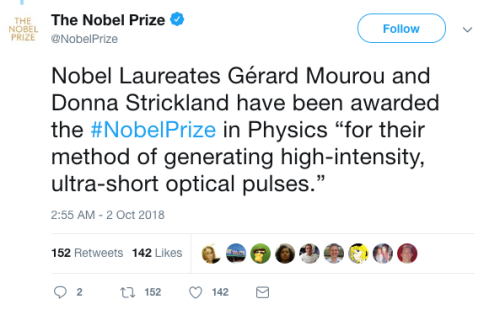
Breaking News:
The Nobel Prize in Physics for 2018 has been awarded to Arthur Ashkin, Gerard Mourou and Donna Strickland “for groundbreaking inventions in the field of laser physics”.
Donna Strickland is the first woman to win the Nobel Prize in Physics in 55 years.
Nobel Laureate Arthur Ashkin has been awarded the #NobelPrize in Physics “for the optical tweezers and their application to biological systems.”
Nobel Laureates Gérard Mourou and Donna Strickland have been awarded the #NobelPrize in Physics “for their method of generating high-intensity, ultra-short optical pulses.”
Article here with more information about their work:
Arthur Ashkin, Gérard Mourou and Donna Strickland win Nobel physics prize
-
 rainbowcosmos liked this · 8 years ago
rainbowcosmos liked this · 8 years ago -
 lucid-thinking-insights-blog liked this · 8 years ago
lucid-thinking-insights-blog liked this · 8 years ago -
 hannahthelion-blog1 liked this · 8 years ago
hannahthelion-blog1 liked this · 8 years ago -
 valiantfanobservation-blog liked this · 8 years ago
valiantfanobservation-blog liked this · 8 years ago -
 theworldisfine reblogged this · 8 years ago
theworldisfine reblogged this · 8 years ago -
 floralcosmos reblogged this · 8 years ago
floralcosmos reblogged this · 8 years ago -
 drowningjellyfish liked this · 8 years ago
drowningjellyfish liked this · 8 years ago -
 trippingeyesndfloodedlungs liked this · 8 years ago
trippingeyesndfloodedlungs liked this · 8 years ago -
 chilchucker reblogged this · 8 years ago
chilchucker reblogged this · 8 years ago -
 chilchucker liked this · 8 years ago
chilchucker liked this · 8 years ago -
 punyhoomans reblogged this · 8 years ago
punyhoomans reblogged this · 8 years ago -
 studyingepidemiology liked this · 8 years ago
studyingepidemiology liked this · 8 years ago -
 nyorhoype-blog liked this · 8 years ago
nyorhoype-blog liked this · 8 years ago -
 finaltrinity liked this · 8 years ago
finaltrinity liked this · 8 years ago -
 cheesystreet reblogged this · 8 years ago
cheesystreet reblogged this · 8 years ago -
 electricpub liked this · 8 years ago
electricpub liked this · 8 years ago -
 liamgrbd-blog reblogged this · 8 years ago
liamgrbd-blog reblogged this · 8 years ago -
 echoing-oceans liked this · 8 years ago
echoing-oceans liked this · 8 years ago -
 vacuumgirl69420 liked this · 8 years ago
vacuumgirl69420 liked this · 8 years ago -
 gaydreamingaboutyou liked this · 8 years ago
gaydreamingaboutyou liked this · 8 years ago -
 acknowledgetheabsurd liked this · 8 years ago
acknowledgetheabsurd liked this · 8 years ago -
 eclecticdreamweaver reblogged this · 8 years ago
eclecticdreamweaver reblogged this · 8 years ago -
 devourer-of-acetone reblogged this · 8 years ago
devourer-of-acetone reblogged this · 8 years ago -
 mister-icicle liked this · 8 years ago
mister-icicle liked this · 8 years ago -
 songonmypalm liked this · 8 years ago
songonmypalm liked this · 8 years ago -
 miyakih reblogged this · 8 years ago
miyakih reblogged this · 8 years ago -
 mamagpie liked this · 8 years ago
mamagpie liked this · 8 years ago -
 cool-whatever reblogged this · 8 years ago
cool-whatever reblogged this · 8 years ago -
 cool-whatever liked this · 8 years ago
cool-whatever liked this · 8 years ago -
 wozziebear reblogged this · 8 years ago
wozziebear reblogged this · 8 years ago -
 serikaizumi liked this · 8 years ago
serikaizumi liked this · 8 years ago -
 angerduck reblogged this · 8 years ago
angerduck reblogged this · 8 years ago -
 doesheavendrugtest reblogged this · 8 years ago
doesheavendrugtest reblogged this · 8 years ago -
 isaacjharris liked this · 8 years ago
isaacjharris liked this · 8 years ago -
 kostecko27 liked this · 8 years ago
kostecko27 liked this · 8 years ago -
 taliaalghulism reblogged this · 8 years ago
taliaalghulism reblogged this · 8 years ago -
 mrsterlingeverything reblogged this · 8 years ago
mrsterlingeverything reblogged this · 8 years ago -
 mrsterlingeverything liked this · 8 years ago
mrsterlingeverything liked this · 8 years ago -
 hikikomori-yugen liked this · 8 years ago
hikikomori-yugen liked this · 8 years ago -
 balentziaga liked this · 8 years ago
balentziaga liked this · 8 years ago -
 totesmahgoatess reblogged this · 8 years ago
totesmahgoatess reblogged this · 8 years ago
A pharmacist and a little science sideblog. "Knowledge belongs to humanity, and is the torch which illuminates the world." - Louis Pasteur
215 posts
